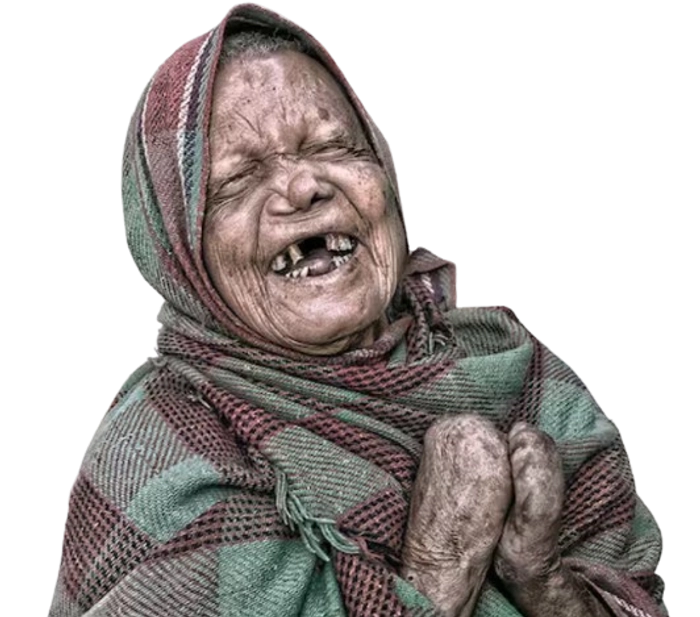Introduction
Leprosy, also known as Hansen's disease, is a chronic infectious disease caused by the bacteria Mycobacterium leprae. Despite being one of the oldest known diseases, leprosy is often misunderstood and stigmatized. At Dhyan Healthcare, we are committed to providing accurate information, compassionate care, and effective treatment for individuals affected by leprosy.
What is Leprosy?
Leprosy primarily affects the skin, peripheral nerves, upper respiratory tract, and eyes. It can lead to significant disfigurement and disability if not treated early. The disease progresses slowly, with symptoms often appearing 3 to 5 years after infection.
Causes and Transmission
Leprosy is caused by Mycobacterium leprae, a slow-growing bacterium. The exact mode of transmission is not entirely understood, but it is believed to spread through respiratory droplets from prolonged close contact with an untreated infected person. Contrary to popular belief, leprosy is not highly contagious.
Types of Leprosy
Leprosy is classified based on the number and type of skin sores:
- Tuberculoid Leprosy: Mild form with a few well-defined skin lesions and nerve involvement.
- Lepromatous Leprosy: Severe form with widespread skin bumps, rashes, and extensive nerve damage.
- Borderline Leprosy: Intermediate form with characteristics of both tuberculoid and lepromatous leprosy.
Symptoms
The symptoms of leprosy can vary but commonly include:
- Skin Lesions: Pale or reddish patches that may be numb.
- Nerve Damage: Numbness, tingling, or loss of sensation in the hands, feet, or other areas.
- Muscle Weakness: Weakness in the hands and feet.
- Eye Problems: Dryness, reduced blinking, and vision problems.
- Ulcers and Deformities: Sores, ulcers, and deformities on the hands, feet, or face.
Diagnosis
Diagnosing leprosy involves:
- Medical History and Physical Examination: Reviewing symptoms and examining skin lesions and nerve involvement.
- Skin Smear Test: Taking a small sample of skin to detect the presence of Mycobacterium leprae.
- Skin Biopsy: Removing a small piece of skin for laboratory analysis.
- Nerve Biopsy: Sampling a piece of nerve tissue if nerve damage is suspected.
Treatment Options
Leprosy is curable with timely and appropriate treatment. The World Health Organization (WHO) recommends multi-drug therapy (MDT) as the standard treatment:
-
Multi-Drug Therapy (MDT):
- For Paucibacillary Leprosy (PB): Combination of rifampicin and dapsone for 6 months.
- For Multibacillary Leprosy (MB): Combination of rifampicin, clofazimine, and dapsone for 12 months.
MDT is provided free of charge in many countries and has been highly effective in curing leprosy and preventing transmission.
-
Supportive Care:
- Wound Care: Proper care of skin lesions and ulcers to prevent secondary infections.
- Physiotherapy: Exercises to maintain muscle strength and joint mobility.
- Eye Care: Regular eye examinations and use of protective measures to prevent damage.
-
Surgical Intervention:
- Reconstructive Surgery: For severe deformities and nerve damage to restore function and appearance.
- Nerve Decompression Surgery: To relieve pressure on affected nerves and improve function.
Post-treatment Care and Prevention
Effective post-treatment care and prevention strategies for leprosy include:
- Regular Monitoring: Regular follow-up appointments to monitor for relapse and manage any complications.
- Education and Awareness: Educating patients and communities about leprosy to reduce stigma and encourage early treatment.
- Hygiene and Wound Care: Maintaining good hygiene and proper care of skin lesions to prevent infections.
- Protective Measures: Using protective footwear and gloves to prevent injury to numb areas.
Prescription for Managing Leprosy
To effectively manage leprosy and promote recovery, we recommend the following prescription:
- Medication Compliance: Adhere to the prescribed multi-drug therapy (MDT) regimen to ensure complete cure and prevent resistance.
- Wound and Skin Care: Follow proper wound care protocols and maintain good hygiene to prevent secondary infections.
- Physiotherapy: Engage in regular physiotherapy to maintain muscle strength, joint mobility, and overall function.
- Regular Check-ups: Schedule regular check-ups with your healthcare provider to monitor progress, manage complications, and prevent relapse.
- Education and Support: Participate in educational programs and support groups to enhance understanding, reduce stigma, and promote early treatment.
Conclusion
Leprosy can significantly impact your quality of life, but with timely diagnosis, appropriate treatment, and comprehensive care, most individuals can achieve a full recovery and lead a normal life. At Dhyan Healthcare, we are dedicated to providing compassionate care and support for individuals affected by leprosy, ensuring effective management and improved well-being.
For more information or to schedule a consultation, please visit our website or contact our clinic. Our team of experienced healthcare professionals is here to help you effectively manage leprosy and enhance your quality of life.


